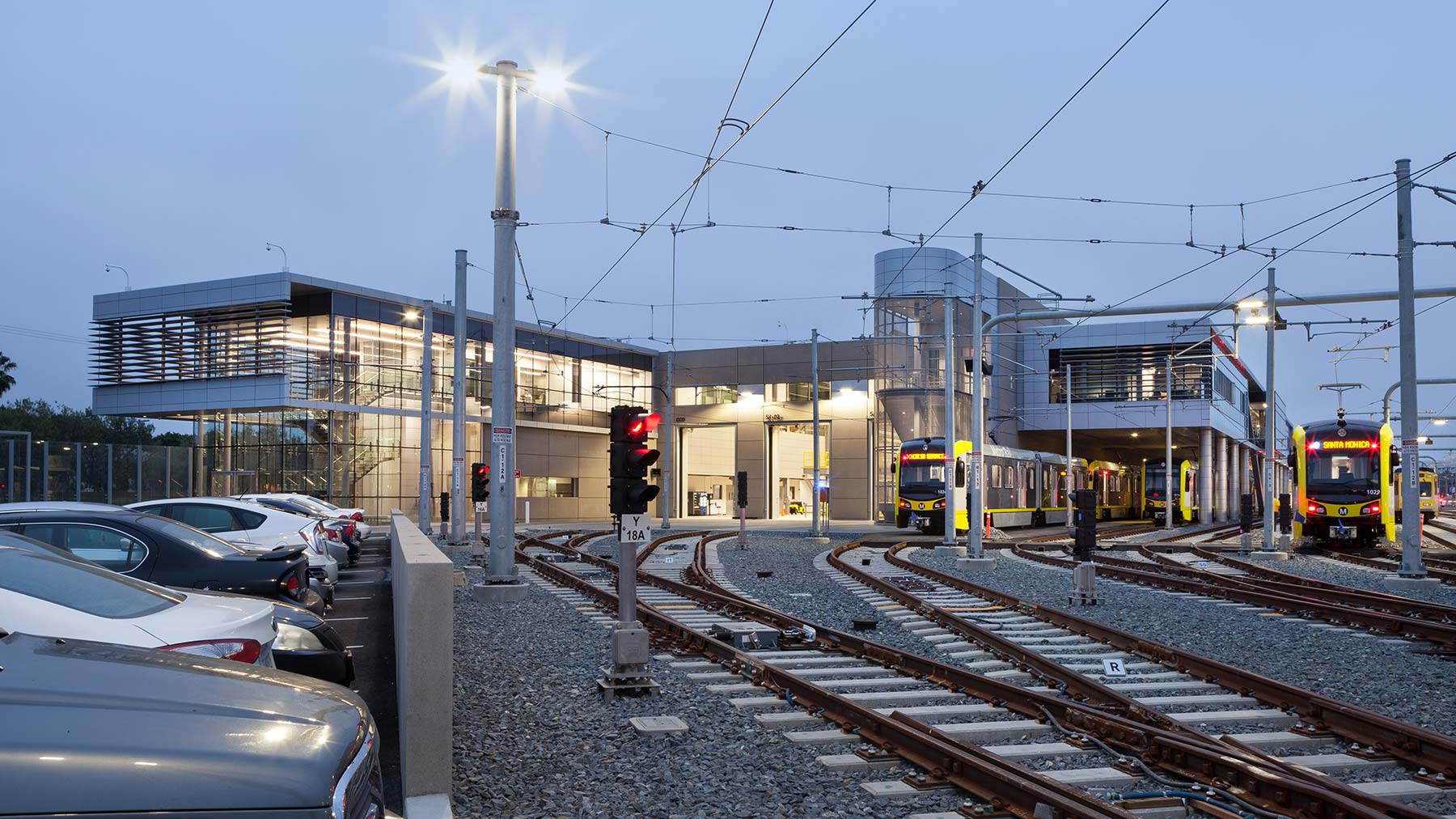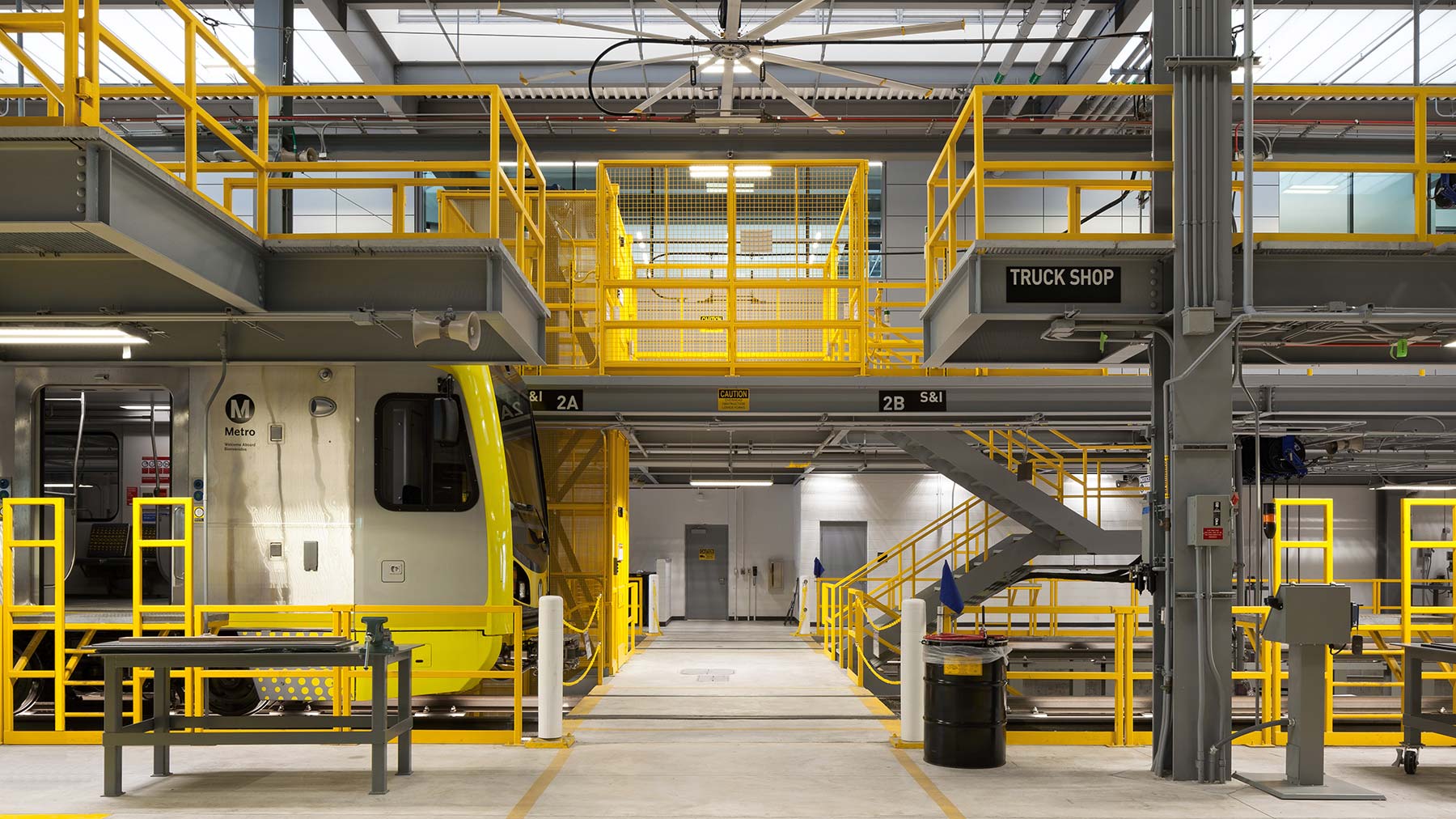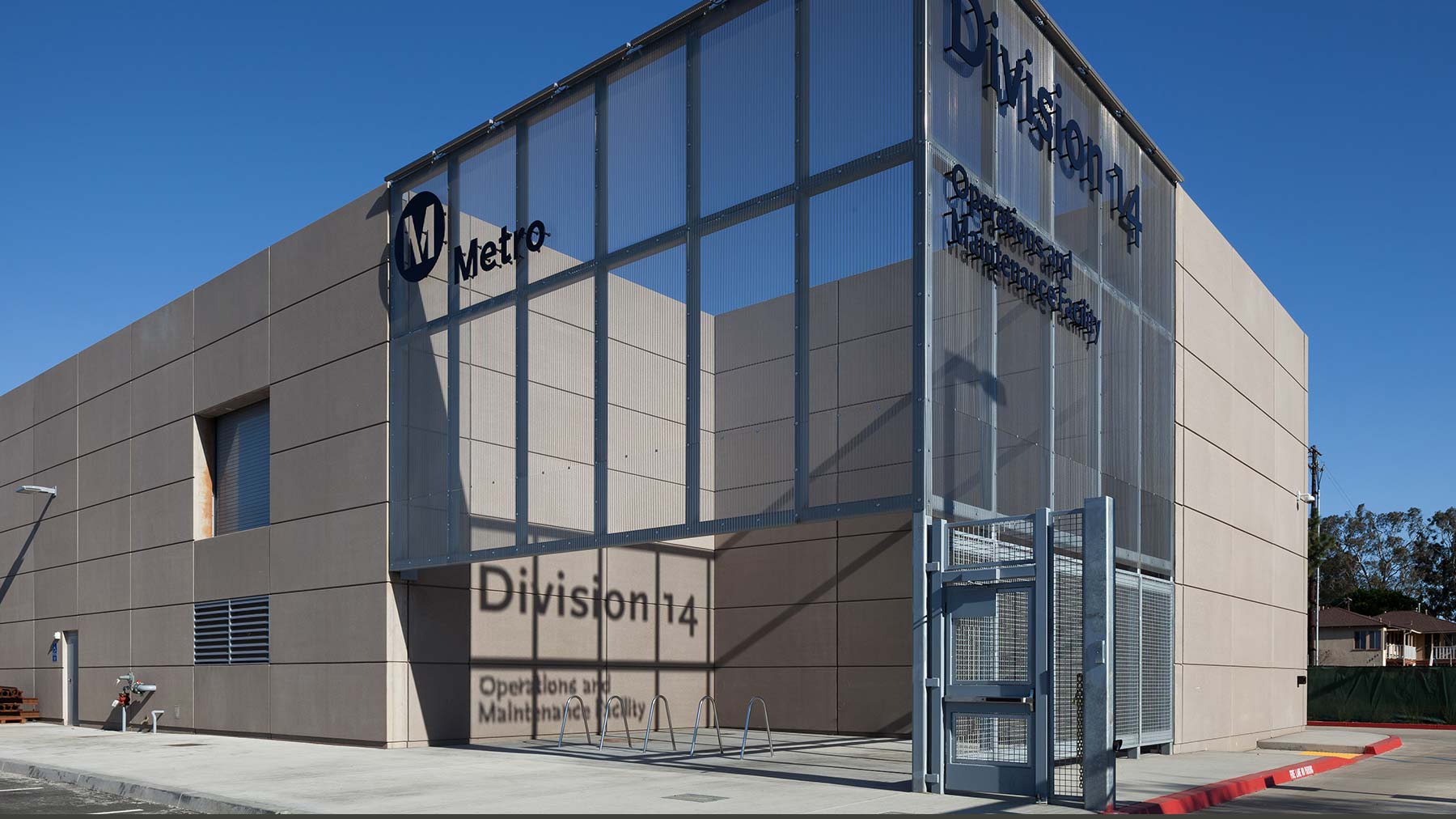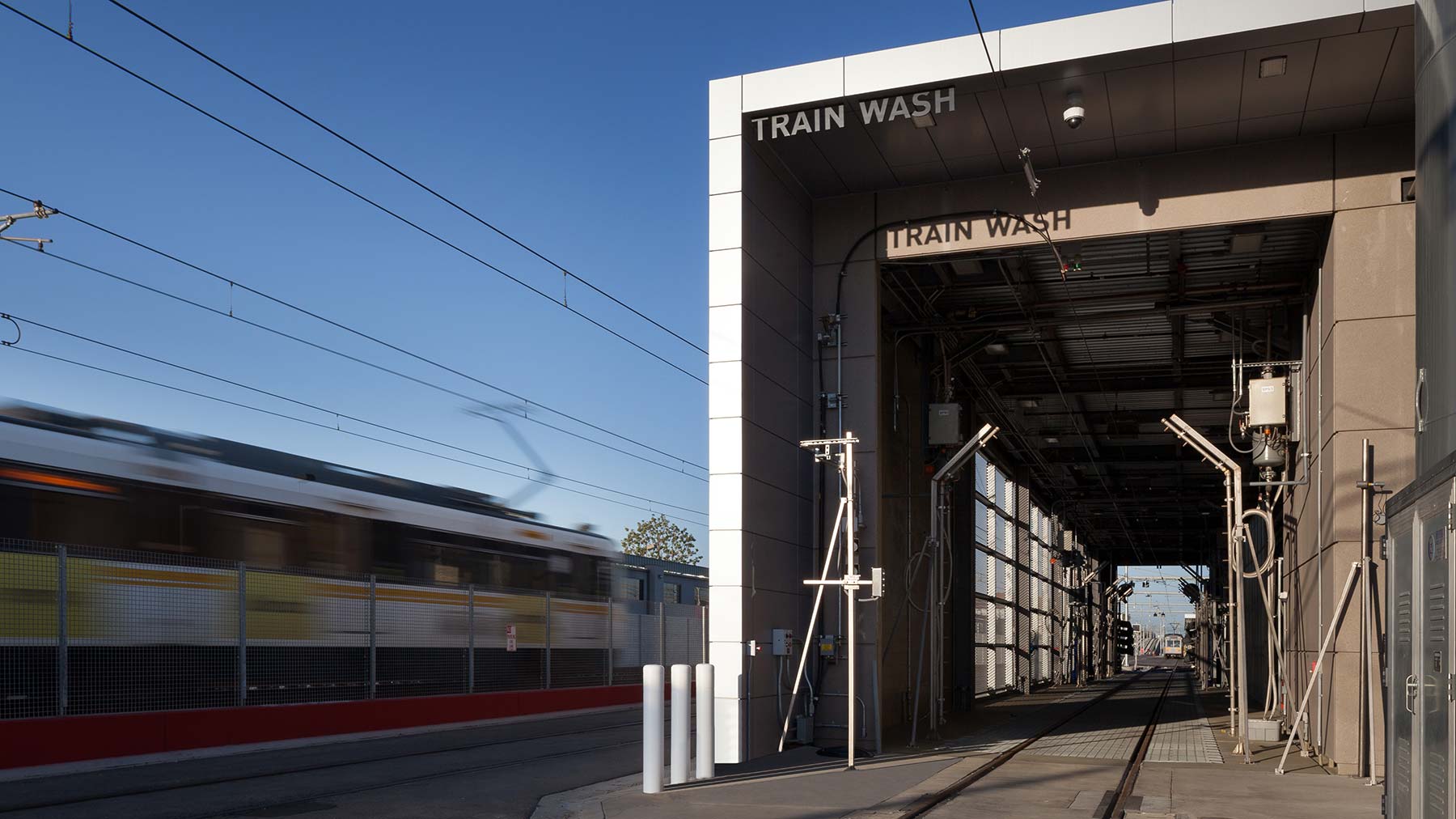- SR 520 Montlake
- Delta Sky Way LAX Terminal 2 & 3 Modernization
- Sound Transit O&M Facility East
- I-64 Corridor Hampton Road Bridge Tunnel Expansion
- San Francisco International Airport Sustainability and Energy Services
- SeaTac North Satellite Expansion
- Alaskan Way Viaduct / SR 99 Tunnel Replacement
- LA County Metropolitan Transportation Authority Expo Line Operations & Maintenance Facility
- McCarran Airport - Central Utility Plant
- San Francisco International Airport
- SeaTac Airport Rental Car Facility
- Vacaville Transportation Center
- LA Metro Southwestern Yard Crenshaw/LAX Transit Corridor
- Caltrans District 3 Headquarters
LA County Metropolitan Transportation Authority Expo Line Operations & Maintenance Facility
Santa Monica, California, United States
With the city of Los Angeles continuing to reinvest in public transit and looks to become a cleaner, more pedestrian friendly city, the highly anticipated Expo Line light rail was designed to finally connect downtown Los Angeles with Santa Monica and unite the neighborhoods in between. A modernized maintenance facility was designed to support the rail line, and provide efficient operations continue as ridership increases in the years to come.
Glumac provided MEP engineering and energy services for the project, which is located on a brownfield site just east of Santa Monica. Sustainable building design integrations such as radiant floors, LED lights, underfloor air distribution, demand controlled ventilation, as well as a solar hot water system, were employed to allow for the sustainable operation of the Expo Line.
Metro and the community’s design considerations for the maintenance facility were traffic, sound, aesthetics, safety, energy efficiency, and low maintenance requirements. To mitigate the Expo Line’s economic, environmental and social impact, Glumac worked with architects RNL and a team of civil and structural engineering specialists (see project facts below) to implement an integrated design strategy.
The Operations and Maintenance Facility is located on two adjacent properties and is comprised of four buildings: a Maintenance Building, a Wash Building, a Secondary Building and a Cleaning Building. The facility will consist of six storage tracks for three-car train sets, a light maintenance/repair shop, administration facility, blow-down facility, run-through wash plant, double-track interior car-cleaning platform and a traction power sub-station, designed to maintain the fleet of 43-45 vehicles.
The site will have parking for staff and visitors, paved aprons, ramps, and roadways; and a 24/7 guarded entry.
Awards/Certifications
- LEED Gold
- Electrical Excellence Awards Winner, 2016, Sponsored by the Los Angeles County Chapter National Electrical Contractors Association (NECA)
- ENR California’s Best Projects 2017
- Sustainable Innovation Awards Winner, 2017
Features
- LED lighting for site light and Maintenance Building lighting
- Radiant floors
- 100% stand by power back up
- Underfloor air distribution
- Demand controlled ventilation
- Solar system that powers the domestic hot water and radiant floors
Size: 70,000 square feet / 8.3 acres
Estimated Project Cost: $100 million
Estimated Completion Date: 2014
Owner: Exposition Construction Authority
Project Management: Maintenance Design Group
Architect: RNL Design
Services: MEP Engineering
Images courtesy of RNL Design
GREAT PROJECTS
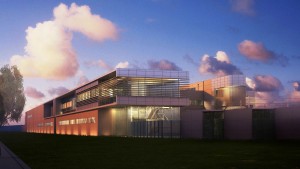
Let’s Go to the Beach:
Expo Light Rail Brightens the Future
With phase II of the Metro Expo Rail Line well underway, Los Angeles is on track to becoming a cleaner, more pedestrian friendly, transit-accessible city. Metro’s Expo Line phase I extension from downtown Los Angeles to Culver City prompted an increase of nearly 6% in light rail ridership for 2013, reflecting the need and desire for transportation alternatives for the city. This uptick in public transit use mirrors a nationwide shift toward leaving the car at home.| Read More
EXPERTISE

Lighting Control Basics:
Occupancy and Vacancy Sensors Explained
In a high-performance office building, lighting can account for 20% of energy use. Properly applied, lighting controls can easily reduce that portion by 25%. But, as with any high-performance strategy, there are subtleties to the technology and application. In this article, we’ll explain the basics of occupancy sensors and their important counterpart, the vacancy sensor. | Read More

